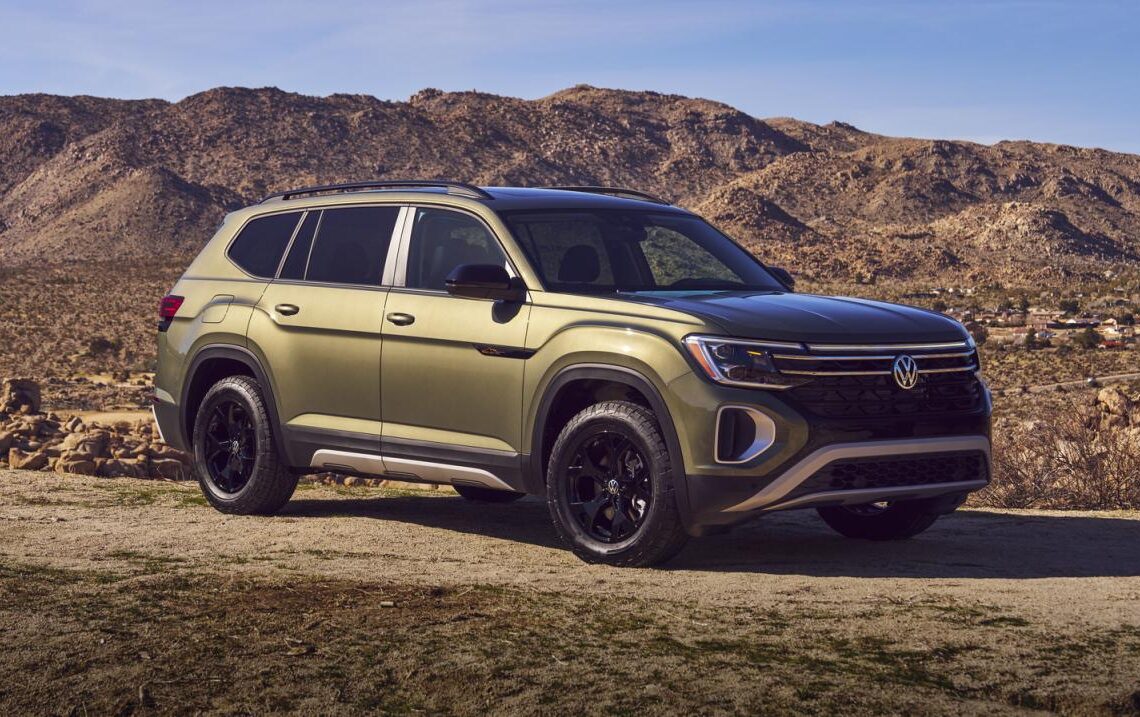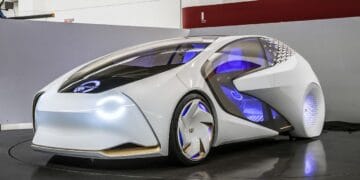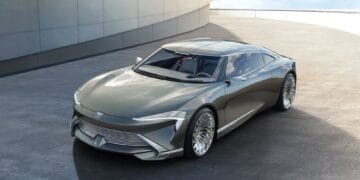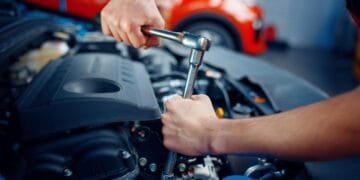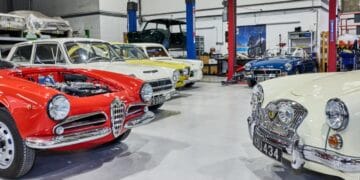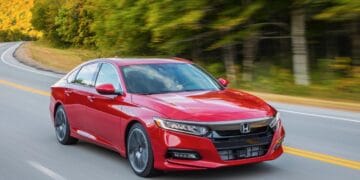The SUV (Sport Utility Vehicle) market in 2025 continues its remarkable ascendancy, cementing its status as the most dominant and diverse segment in the global automotive landscape. Far from being a fleeting trend, SUVs have evolved into indispensable daily drivers for millions, blending practicality, versatility, and a commanding road presence with increasingly sophisticated technology, luxury appointments, and impressive performance. This extensive article delves into the most compelling and anticipated best SUV cars of 2025, meticulously analyzing the innovations driving their popularity, the diverse sub-segments catering to every lifestyle, and the profound impact they exert on the automotive industry, consumer preferences, and future mobility solutions.
SUV Dominance
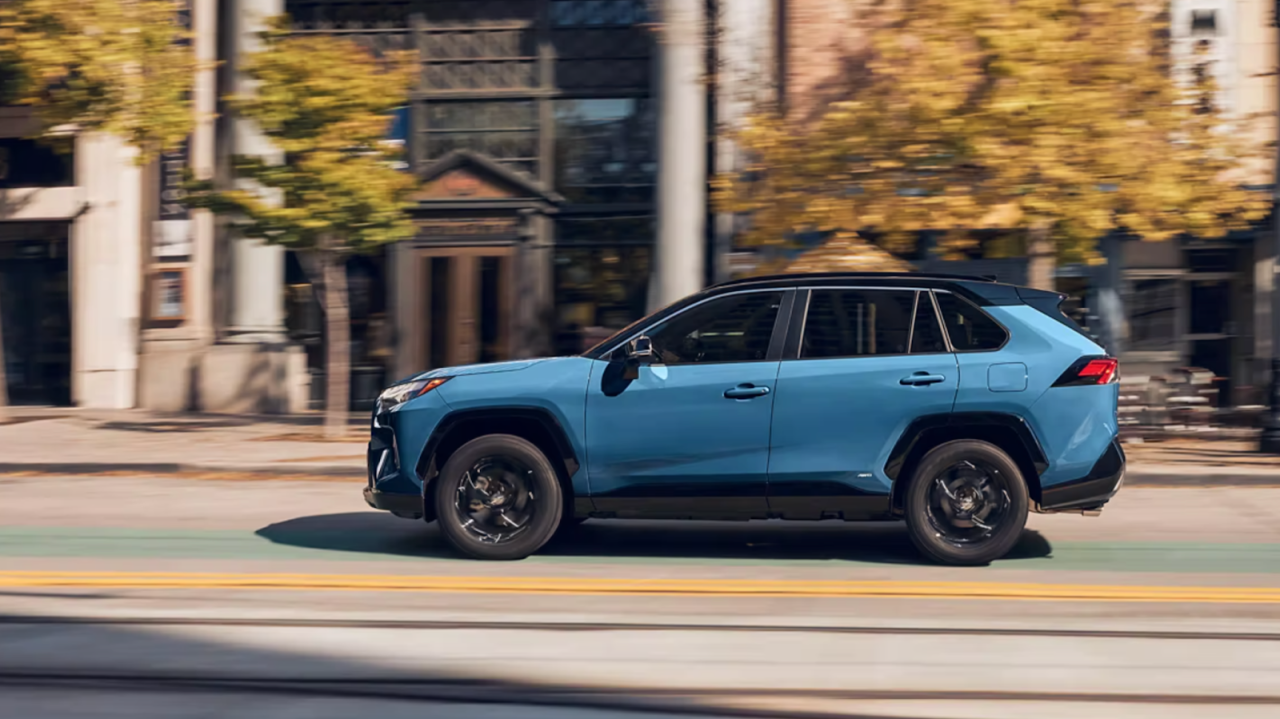
What began as a rugged, off-road niche has blossomed into a global phenomenon, with SUVs now representing a majority of new vehicle sales in many key markets. The enduring appeal of the SUV lies in its multifaceted utility. It offers a higher driving position for improved visibility, greater cargo capacity for families and adventurers, and often, the reassurance of all-wheel drive for varying weather conditions. Modern SUVs, however, are far removed from their utilitarian ancestors; they are refined, technologically advanced, and often luxurious, catering to a vast spectrum of consumer needs and desires.
The surge in SUV popularity has forced every major automaker to heavily invest in this segment, resulting in an unprecedented breadth of choice. From compact urban crossovers designed for maneuverability to full-size, three-row behemoths capable of tackling any terrain, there’s an SUV for virtually every requirement. The continuous innovation in design, powertrain options (including a significant shift towards electrification), and interior features ensures that the SUV remains at the forefront of automotive evolution, offering a compelling blend of practicality and aspirational appeal.
Categorizing the Best SUVs of 2025
To effectively evaluate the best SUVs in 2025, it’s essential to categorize them into their respective segments, as each caters to distinct buyer profiles and priorities.
A. Subcompact and Compact SUVs (Crossovers):
A. Characteristics: Smaller footprints, often car-based (unibody construction), prioritize urban maneuverability, fuel efficiency, and affordability. Ideal for city dwellers and small families.
B. Key Considerations: Interior space optimization despite compact dimensions, intuitive infotainment, and standard safety features.
C. Trends in 2025: Increased electrification (more hybrid and fully electric options), enhanced connectivity, and more sophisticated driver-assistance systems trickling down from larger segments.
D. Examples: Honda HR-V, Mazda CX-30, Hyundai Kona, Kia Seltos, Toyota Corolla Cross, Subaru Crosstrek.
B. Mid-Size SUVs (2-Row and 3-Row):
A. Characteristics: Offer a significant balance of space, performance, and features. Two-row models are popular for couples and small families, while three-row versions cater to larger families needing extra seating.
B. Key Considerations: Ride comfort, overall cargo volume, towing capacity (for some models), and a robust suite of safety technologies.
C. Trends in 2025: Strong move towards hybrid and plug-in hybrid options, improved infotainment screens, more premium interior materials, and increasingly refined driving dynamics.
D. Examples (2-row): Honda CR-V, Toyota RAV4, Hyundai Tucson, Kia Sportage, Nissan Rogue.
E. Examples (3-row): Kia Telluride, Hyundai Palisade, Honda Pilot, Toyota Highlander, Ford Explorer.
C. Full-Size SUVs:
A. Characteristics: The largest and often most capable SUVs, typically body-on-frame construction, offering maximum passenger (up to 8-9) and cargo space, substantial towing capacity, and rugged off-road potential.
B. Key Considerations: Powerful engine options (increasingly V8 or efficient V6/hybrids), luxurious interiors, advanced towing aids, and sophisticated suspension systems for comfort.
C. Trends in 2025: Focus on improved fuel efficiency through electrification, highly advanced infotainment and connectivity features, and enhanced driver-assistance systems for a vehicle of this size.
D. Examples: Chevrolet Tahoe/Suburban, Ford Expedition, Toyota Sequoia, Nissan Armada.
D. Luxury SUVs (Across all sizes):
A. Characteristics: Prioritize premium materials, exquisite craftsmanship, advanced technology, superior comfort, and often high-performance powertrains. They span from compact to full-size.
B. Key Considerations: Brand prestige, interior quietness, bespoke customization options, cutting-edge infotainment, and ride refinement.
C. Trends in 2025: Rapid and aggressive electrification (PHEV and BEV variants are becoming standard), emphasis on minimalist interior design, integrated AI assistants, and advanced suspension systems for a “magic carpet” ride.
D. Examples: Mercedes-Benz GLE/GLS, BMW X5/X7, Audi Q5/Q7/Q8, Lexus RX/LX, Volvo XC60/XC90, Porsche Cayenne, Range Rover.
E. Performance SUVs:
A. Characteristics: Designed to deliver exhilarating acceleration, dynamic handling, and track-ready capabilities, often sharing engines and chassis components with sports cars.
B. Key Considerations: High-output engines, sport-tuned suspensions, powerful braking systems, and aerodynamic enhancements.
C. Trends in 2025: Continued push for higher horsepower, increasing integration of hybrid powertrains for instant torque, and active aerodynamics to improve high-speed stability.
D. Examples: Porsche Cayenne Turbo GT, Lamborghini Urus, Aston Martin DBX707, BMW X5M/X6M, Mercedes-AMG GLE 63.
F. Electric SUVs (BEVs):
A. Characteristics: Represent the future of the segment, offering silent operation, instant torque, and zero tailpipe emissions. Available across various sizes.
B. Key Considerations: Driving range, charging speed, access to charging networks, battery warranty, and software integration for seamless user experience.
C. Trends in 2025: A rapid influx of new models across all price points, significant improvements in battery efficiency and charging infrastructure, bi-directional charging capabilities (V2L/V2G), and innovative interior packaging due to the absence of a traditional engine bay.
D. Examples: Tesla Model Y/X, Hyundai Ioniq 5/6, Kia EV6/EV9, Ford Mustang Mach-E, Rivian R1S, Lucid Gravity, Porsche Macan EV, BMW iX.
Key Evaluation Criteria for 2025 SUVs
Determining the “best” SUV in 2025 involves a multi-faceted evaluation that goes beyond mere specifications:
A. Performance and Powertrain:
A. Engine Responsiveness: Smooth and immediate power delivery, whether from gasoline, hybrid, or electric motors.
B. Fuel Efficiency/Electric Range: Competitive MPG/MPGe figures or sufficient electric range for target buyers.
C. Driving Dynamics: Balanced handling, responsive steering, and comfortable ride quality suitable for its segment.
B. Interior Design and Quality:
A. Material Selection: Use of high-quality, durable, and aesthetically pleasing materials.
B. Ergonomics: Intuitive layout of controls, comfortable seating, and good visibility.
C. Build Quality: Solid construction and attention to detail.
D. Cargo and Passenger Space: Ample room for occupants and their belongings, with versatile seating configurations (especially for 3-row models).
C. Technology and Infotainment:
A. User Interface: Intuitive and responsive infotainment system (touchscreen, rotary controller, voice control).
B. Connectivity: Seamless smartphone integration (Apple CarPlay, Android Auto), onboard Wi-Fi, and OTA (over-the-air) update capability.
C. Advanced Features: High-resolution displays, premium audio systems, augmented reality navigation, and integrated digital assistants.
D. Safety Features and Driver Assistance (ADAS):
A. Standard Suite: Comprehensive suite of standard ADAS features (e.g., adaptive cruise control, lane-keeping assist, automatic emergency braking, blind-spot monitoring).
B. Advanced Systems: Availability of Level 2+ hands-free driving systems or advanced parking assistance.
C. Crash Test Ratings: Strong performance in independent crash tests (e.g., IIHS, NHTSA, Euro NCAP).
E. Value Proposition and Ownership Experience:
A. Pricing: Competitive pricing relative to its segment and features offered.
B. Reliability and Durability: Expected long-term reliability and low cost of ownership.
C. Resale Value: Strong projected resale value.
D. Warranty and Service Network: Comprehensive warranty coverage and accessible service infrastructure.
F. Design and Aesthetics:
A. Exterior Styling: Appealing and distinctive exterior design that aligns with brand identity and current trends.
B. Interior Ambiance: Overall atmosphere and aesthetic appeal of the cabin.
Major Trends Shaping the 2025 SUV Market
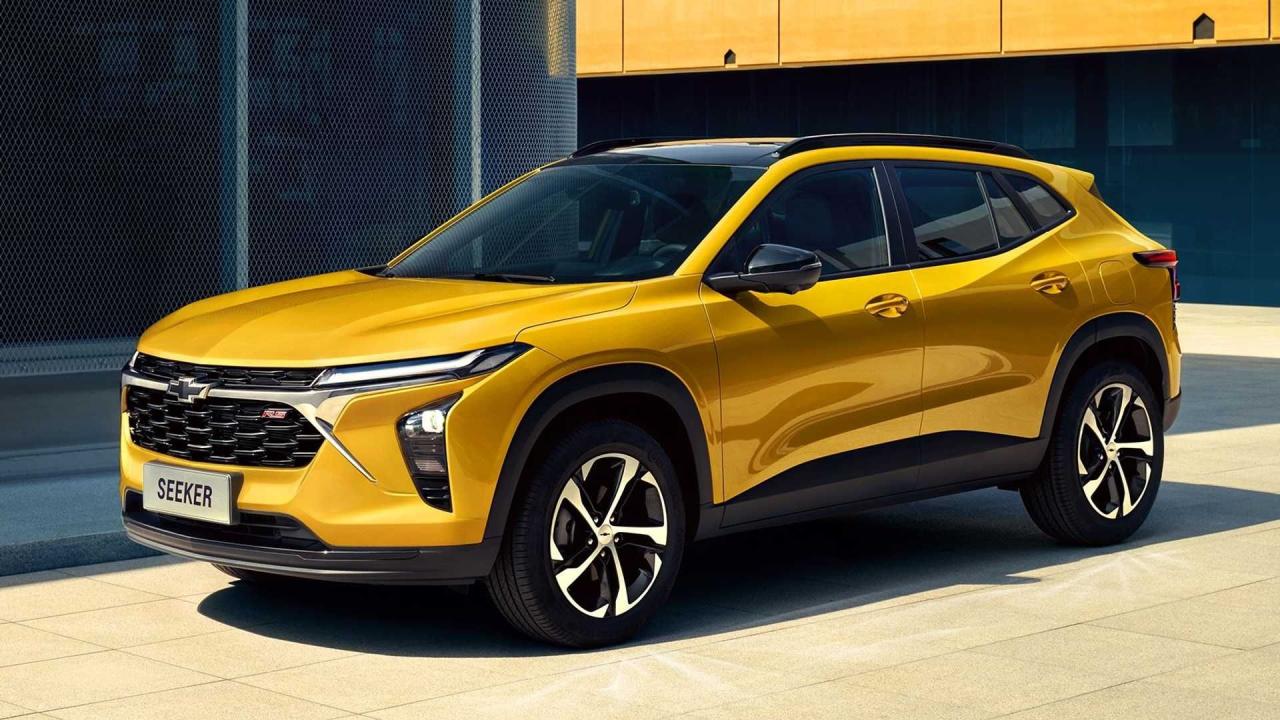
Several overarching trends are profoundly influencing the design, engineering, and market trajectory of SUVs in 2025:
A. Accelerated Electrification:
A. BEV Proliferation: Nearly every major automaker is launching multiple new battery electric SUV models across all sizes and price points.
B. Range and Charging Improvements: Continuous advancements in battery technology are leading to longer driving ranges (often exceeding 300-400 miles) and significantly faster charging capabilities.
C. Bidirectional Charging (V2L/V2G): More EVs are offering vehicle-to-load (V2L) capability (powering external devices) and the emergence of vehicle-to-grid (V2G) to feed power back into the home or grid.
B. Advanced Digital Integration:
A. Software-Defined Vehicles: SUVs are increasingly becoming “computers on wheels,” with software controlling core vehicle functions, enabling frequent OTA updates for new features and performance enhancements.
B. Larger, More Integrated Screens: Dashboards are dominated by expansive, high-resolution screens that seamlessly integrate infotainment, driver information, and climate controls.
C. AI Assistants: More sophisticated voice-activated AI assistants (e.g., MBUX, iDrive, Google Built-in) that learn user preferences and offer predictive functions.
C. Enhanced Safety and Autonomous Features:
A. Standard ADAS: A comprehensive suite of ADAS features is becoming standard even in entry-level SUVs, improving baseline safety.
B. Level 2+ Driving Aids: Advanced Level 2 systems (hands-free driving on highways) are more common in premium and even some mainstream SUVs, reducing driver fatigue.
C. Parking Assistance: Automated parking systems capable of handling parallel and perpendicular parking with minimal driver intervention.
D. Sustainable Materials and Manufacturing:
A. Eco-Friendly Interiors: Growing use of recycled materials, vegan leathers, and sustainably sourced woods and fabrics in interiors.
B. Reduced Manufacturing Footprint: Automakers are investing in carbon-neutral factories and more efficient production processes for SUVs, particularly EVs.
E. Diversification and Niche Segments:
A. Coupe-SUVs: The continued popularity of “coupe-SUVs” (e.g., BMW X4/X6, Mercedes-Benz GLC Coupe/GLE Coupe) that prioritize style over ultimate cargo space.
B. Off-Road Capable SUVs: A resurgence of interest in genuinely off-road capable SUVs (e.g., Ford Bronco, Jeep Wrangler, Land Rover Defender) that combine ruggedness with modern tech.
C. Performance-Oriented: The rise of high-performance luxury SUVs offering sports car-level acceleration and handling.
The Global Automotive Landscape’s Influence
The “best” SUVs of 2025 are a reflection of global market demands and regional preferences:
A. North America: Dominance of larger SUVs (full-size, 3-row mid-size) and trucks, with growing interest in electric pickups and large electric SUVs. Towing capacity remains important.
B. Europe: Strong focus on compact and mid-size SUVs, with a rapid shift to electrification due to stringent emissions regulations and fuel prices. Luxury SUVs remain popular.
C. Asia (Especially China): A booming market for SUVs across all segments, particularly luxury and electric models. Emphasis on rear-seat comfort, advanced technology, and unique styling.
D. Developing Markets: Growing demand for robust, affordable compact SUVs and crossovers, often with an emphasis on durability and ground clearance for varied road conditions.
The Ownership Experience in 2025
Beyond the initial purchase, the ownership experience is becoming an increasingly important factor in defining the “best” SUVs:
A. Software and Updates: The seamlessness of over-the-air updates for vehicle features, bug fixes, and performance enhancements.
B. Service Network: The accessibility, efficiency, and quality of the brand’s service network, particularly for EVs requiring specialized maintenance.
C. Charging Ecosystem (for EVs): Integration with public charging networks, reliable in-home charging solutions, and convenient payment systems.
D. Resale Value: How well the vehicle retains its value over time, indicating market desirability and long-term investment.
E. Subscription Services: The growth of subscription models for certain features (e.g., heated seats, advanced driving aids), prompting discussions on value and access.
The Future of SUVs Beyond 2025
The trajectory of SUVs indicates a continuous evolution beyond 2025, further integrating into our mobility ecosystem:
A. Further Electrification: Near-complete electrification of new SUV models, with ICE-only options becoming increasingly rare in developed markets.
B. Higher Levels of Autonomy: The gradual rollout of Level 3 and Level 4 autonomous driving capabilities in premium SUVs, allowing for hands-off, eyes-off driving in more defined conditions.
C. Personalized Interiors: More customizable and reconfigurable interiors, adapting to various uses (e.g., mobile office, relaxation lounge) as autonomous features free up driver attention.
D. Sustainable Lifecycle: Greater emphasis on the entire lifecycle sustainability, from raw material sourcing and manufacturing to battery recycling and end-of-life vehicle management.
E. Aerodynamic Optimization: Even traditional-looking SUVs will incorporate more subtle aerodynamic features to improve efficiency, particularly for electric variants.
F. Integrated Mobility Services: SUVs could become key components of Mobility-as-a-Service (MaaS) platforms, available on-demand for various uses (e.g., family trips, gear transport).
Conclusion
The best SUV cars of 2025 are a testament to the automotive industry’s relentless pursuit of innovation, driven by evolving consumer needs and a global push towards sustainability. No longer a singular category, the SUV segment has diversified into a myriad of specialized sub-segments, each offering a unique blend of style, performance, technology, and practicality. From the nimble electric urban crossovers to the commanding luxury flagships and rugged off-road machines, the choices available are unprecedented.
The defining characteristics of the top SUVs in 2025 are their seamless integration of cutting-edge technology, their increasing commitment to electrified powertrains, and their unwavering focus on safety and driver assistance. These vehicles are not just about transportation; they are about providing versatile, comfortable, and increasingly sustainable solutions for every facet of modern life. As the automotive landscape continues its rapid transformation, the SUV remains at its heart, constantly adapting and redefining what it means to be the ideal vehicle for the contemporary world, promising continued dominance and innovation for years to come.

